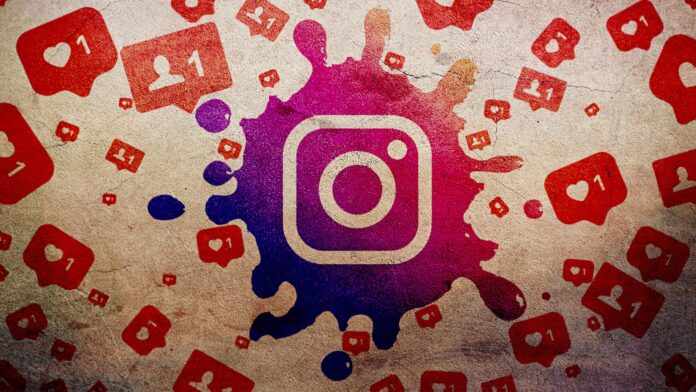How to distinguish a bot on Instagram and remove it from your followers
For beginners in SMM, the introduction to this article might come as quite a surprise. What’s wrong with having a growing number of subscribers on your own? They may not buy or even like anything, but they’re there, and that should be cool in and of itself! Not at all. For promotion on absolutely any social network, not just Instagram, a thing like reach is key. If you omit the theory, the success of profile promotion is determined by how many followers respond to your posts. Ideally, you should get a view, a like, and a comment from each person, but at the very least, the user should read your post.
Obviously, bots in social networks will not do any of the above (well, except spam links to competitors). As a consequence, even promoting an account on low-frequency hashtags, you cannot reach the top 9 in a couple of months. All this will reduce the availability of your project for the target audience, and the very existence of the profile on Instagram will become meaningless. So, whether you want it or not, you’ll have to learn to identify fake users and block them in time. In fact, it’s not hard! There is a difference between bots and real subscribers. You can get both at https://lowcostsmm.com. For instagram, there are also cheap views, likes on photos and videos.
Learning to distinguish between bots and real people
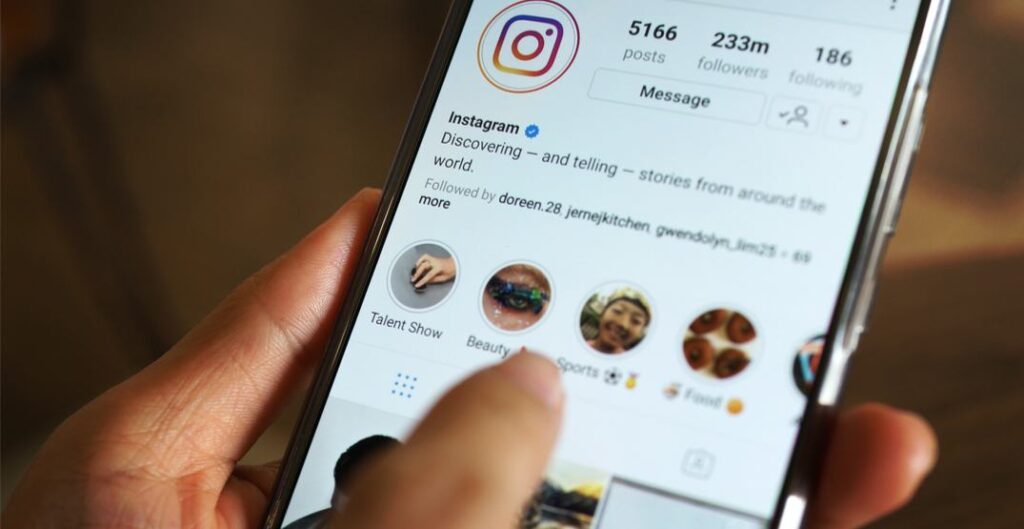
The algorithm that allows you to distinguish humans from machines was proposed by British mathematician Alan Turing back in 1950. But for our purposes it is too complicated, because it was originally focused on artificial intelligence and involves direct contact with the subject. Just imagine how much time it will take to communicate with at least a hundred subscribers – a lost cause, to put it bluntly. Promoting an account using low-frequency hashtags
It’s much more effective to use Sherlock’s deductive method to deal with bots. And to catch the intruder, it is worth making a portrait of him to begin with. Let’s expand the concept of robots and fakes by dividing them into three categories:
True bots.

They are operated by unscrupulous marketing agencies, offering you to bring “hundreds of live subscribers in 3 days. They try to amass followers just to make your profile look more plausible.
Job Exchangers.
The very same guys who offer to subscribe for a modest fee. If the owner of the fake profile is quite advanced, he may create a fake profile and it will be hard to tell it from a real user.
Business accounts and private bloggers
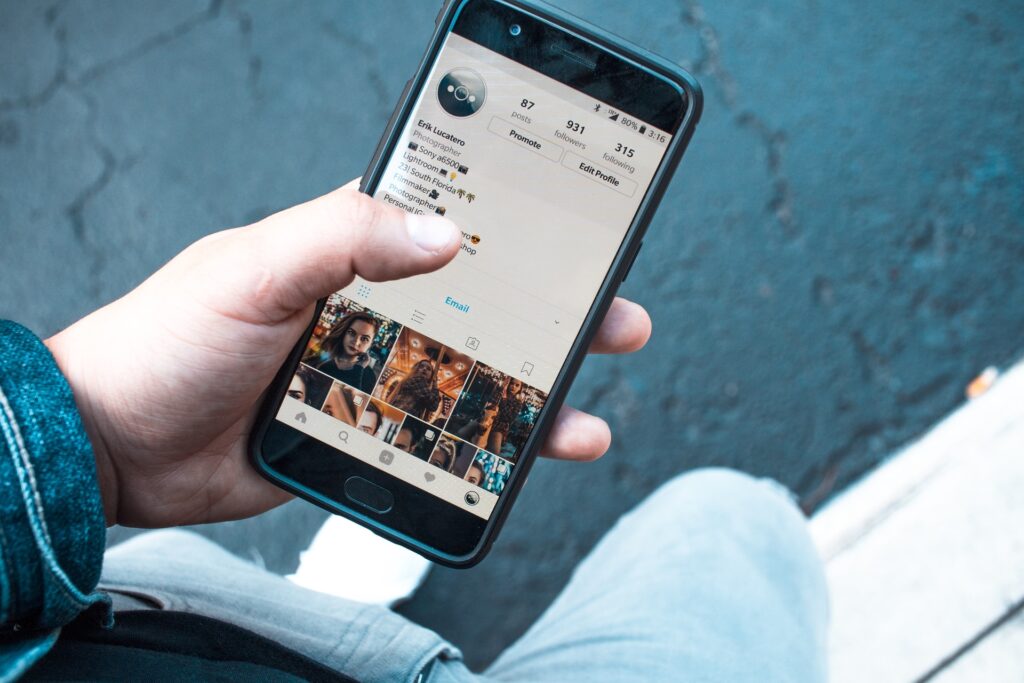
Very real people who see you as a potential client or reader. Or maybe, on the contrary, a future partner, so before you remove such bots from your Instagram followers, check the account manually – maybe you have something to offer each other.
You may wonder: where did all these people come from if you’ve never used gray SMM? The answer is simple – massfollowing. This term refers to a mass subscription to social network profiles that meet specified criteria. The meaning of this action is to attract this or that person to the promoted page: when you see that you are someone follow, you can go to him out of curiosity, and even subscribe in response.
The phenomenon is most widespread on Twitter and Instagram, but now it is gradually losing ground, as explained by fluidbuzz. Whereas previously it was really possible to gain a base of ten thousand people in this way, now you are very likely to go to the ban. However, the owners of bots do not care about the fate of an account, and if you manage to get at least a few dozen “pumped up” accounts out of thousands of ones, thanks to the fake-ups, for the subsequent provision of “services” – this is already a success. In addition, businessmen themselves rarely understand the peculiarities of digital marketing, which is also actively exploited by shrewd smm masters, baiting clients into mass-following.
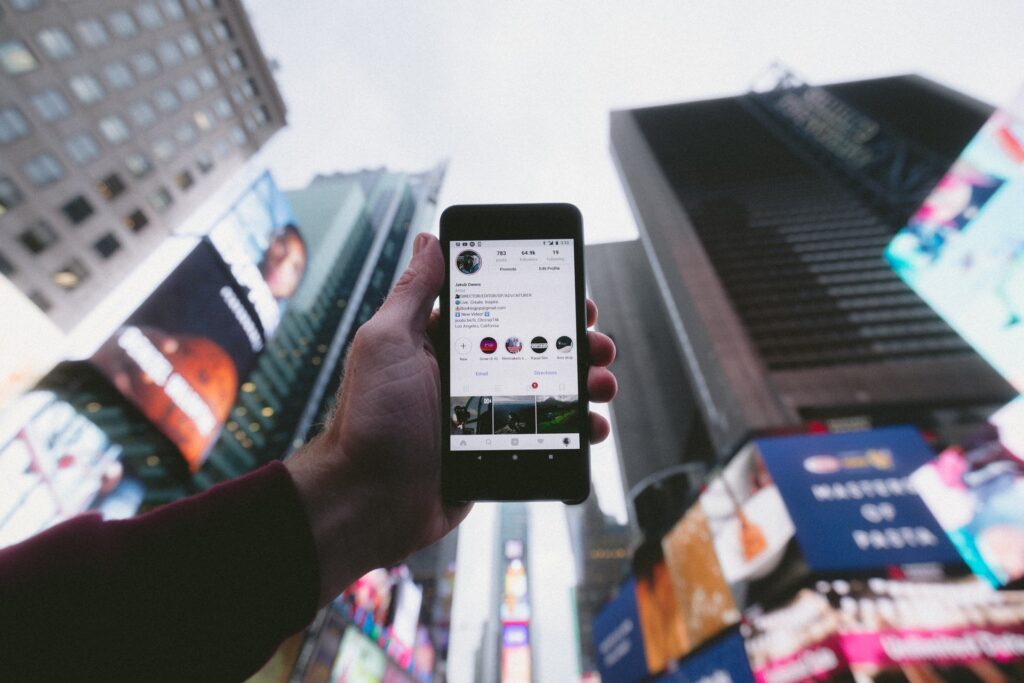
So how do you identify these follower hunters? It is worth focusing on the following signs:
- An empty (random sequence of letters/digits) or, on the contrary, a “talking” (nakrutka_ru) nickname;
- An abstract picture or a photo of a public figure (actor, politician) on the avatar;
- Absence of real photos (at work, in an informal setting, on vacation);
- The prevalence of content of a clearly advertising character;
- The number of followers is in the thousands.
It’s worth mentioning right away: all of the above is not a hundred percent guarantee that this is a fake. No personal photos? A person can use Instagram to save ideas (typical for designers and fans of handmade goods). Lots of followers? You’re facing a bot victim just like you. So don’t cut it short: to distinguish a bot from a real person, it’s better to analyze the whole set of traits. On the other hand, if the inspected profile itself is subscribed to several thousand pages, this is a sure sign of massfollowing.
Business accounts are even easier to identify: they have speaking names and often produce clones.
So, now you know how to spot numerous fakes. But how do you check the subscribers’ profiles and how do you block attackers? The answer “by hand” will only work for relatively young pages. But if your subscription base is quite large, without third-party services, alas, cannot do. Consider a couple of such tools and get the help from buybettersocial.com.
Creating a list of bots to remove from Instagram subscriptions
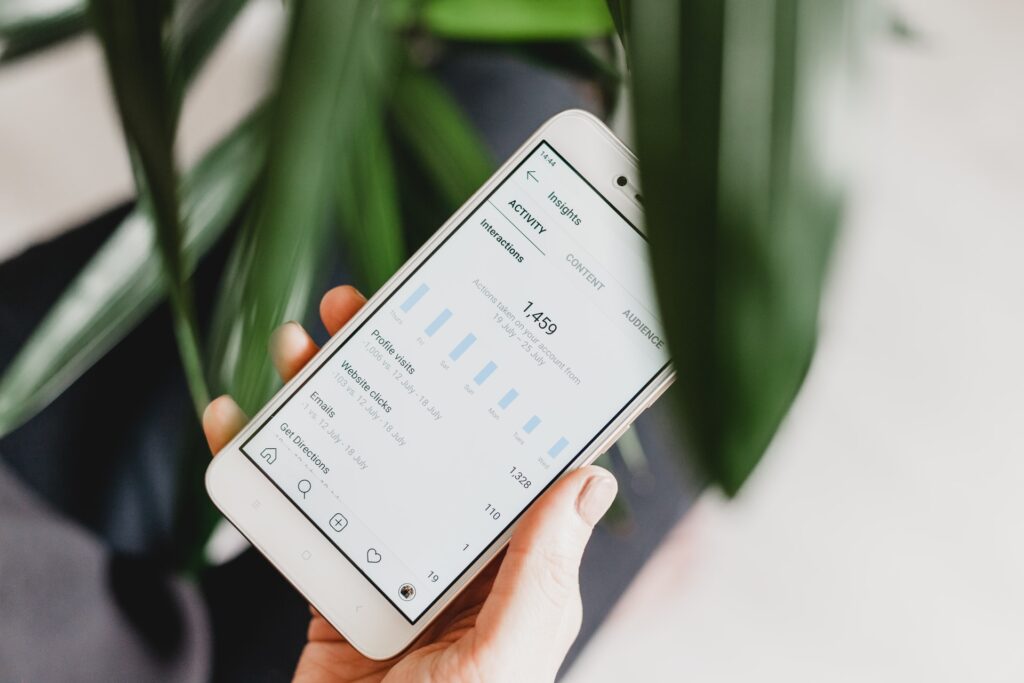
Literally in September, Crelab launched a rather interesting web utility called GetPapaBot, also available (quite ironically) as a Telegram bot @getpapabot. It’s the easiest thing to use: just enter your email address and link to your Instagram account, after which the system will offer to pay for the analysis.
After payment, you will get a file with statistics. For one report looks a bit expensive, on the other hand, in the output you get:
- sorting by account type in your subscriber base;
- an analysis of your followers’ profiles: the number of posts, subscriptions and own followers.
Which is quite useful: in addition to charts, you get csv and text files with the data.
But how to use them when removing bots from Instagram followers? I suggest the following algorithm for blacklisting:
- Go through all business accounts, filter out potential customers and partners – put them on a separate list to make contact in the future;
- If you find interesting profiles at the first stage, exclude them from the list of accounts with more than 1000 subscriptions;
- Upload blacklist containing pages with thousands of subscriptions to the service offering a tool for mass blocking.
Such option is available, for example, in Instaplus (which, by the way, is exactly focused on massfollowing and massliking). The settings for autoblocks are as follows.
If you don’t need comprehensive information on your subscriber base, and your main goal is to fight bots, you should pay attention to the OML (One Million Likes) service. It also focuses on mass-following, which means that it offers everything you need to block unwanted followers. First, select the desired action, define the group and specify the name of your profile, as shown in the screenshot:
Then let’s move on to filters. Set the minimum subscription threshold for accounts (a thousand, two thousand), leave everything else as default, or specify “never mind”.
The main thing is not to mix up “subscribers” and “subscriptions,” otherwise you risk losing “fat” followers on Instagram.
A logical question: isn’t it too reckless to cut off everyone who has followered more than a thousand people? What if there are live pages among them? The answer is simple: yes, of course, among them, besides bots, there are many honest users. But you personally won’t get any help from them. Try to imagine what is going on in the feed of such a “multistalker”: if he sees at least one your post once in six months, it will be a miracle!
Objectively, even if the person is potentially interested in your services, it is unlikely to convert him into a client, for the simple reason that the probability of contact between you tends to zero, that is, the account hangs dead weight, reducing the reach. Of course, it’s up to you to decide where to put the comma in “execution cannot be pardoned,” but in my opinion, the answer is obvious.

